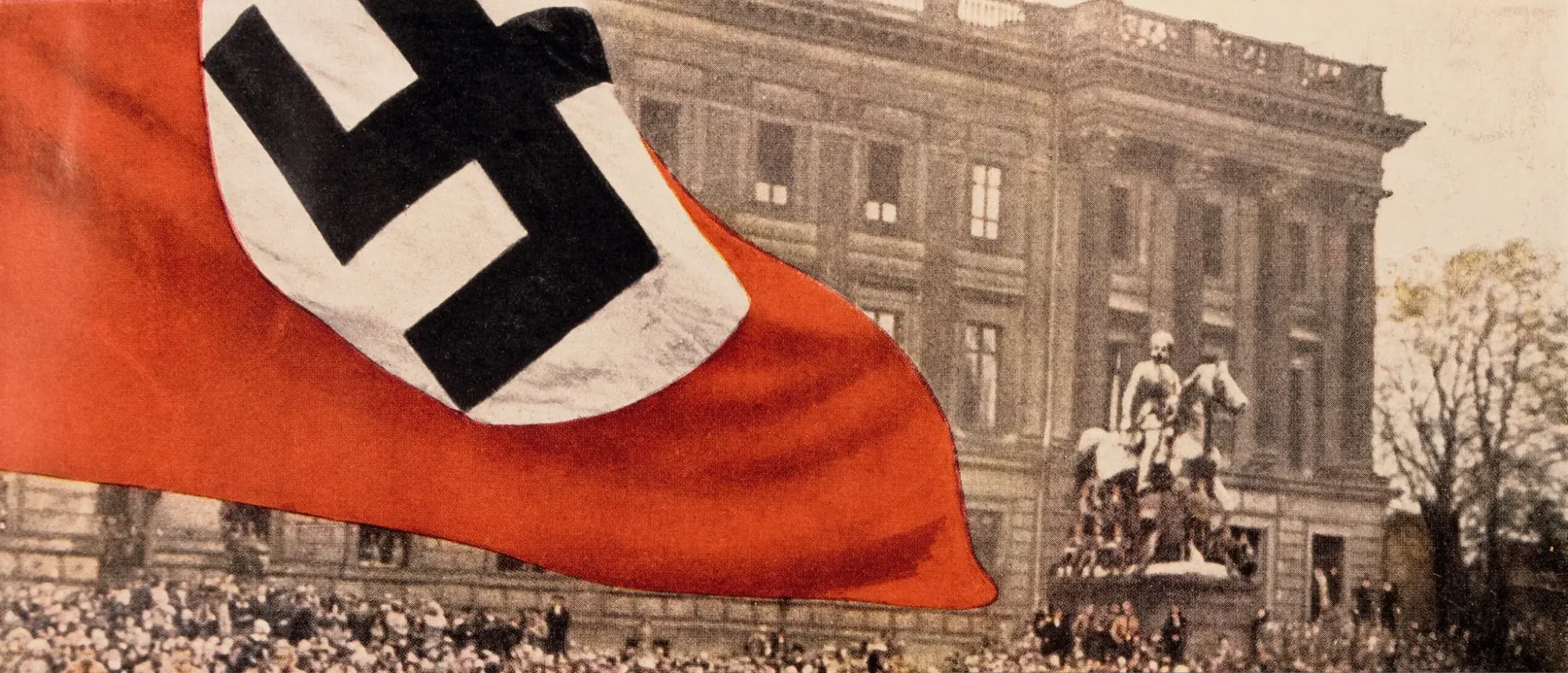
In the summer of 1981 members of the Green party went on a cycle ride in the north of the rural district of Wolfenbüttel shortly before the local elections. Near Schandelah they cycled through Wohld, a remote village, whose residents lived in unusual one-storey stone barracks near an army exercise area. Someone said: There is supposed to have been a concentration camp here. He knew no further details. It turned out that the barracks were actually the remains of a former external concentration camp belonging to Neuengamme, near Hamburg.
Further research lead to the discovery that German nazi history was hidden here and was apparently to remain hidden. Questions were not answered. Former witnesses in Schandelah did not like talking about a concentration camp. They referred to it as the foreigner’s camp. The following text gives a short description of the history of the concentration camp and its disclosure. It offers a virtual memorial to the victims of slavery in Schandelah.
Early history
South of Wolfsburg there is an 11 km length of oil shale which reaches a depth of 36 m. According to calculations made by the BKB (the local coal mining firm) 75 million tons of shale oil could be produced from this mine. Attempts at mining had already been made in the First World War.
In 1943 Albert Speer, the Minister of Armaments, had inquiries made about resuming the extraction of oil from oil shale. In the summer of 1943 Prof. Solms Wittig, general manager of the DASA, took part in a meeting with the Braunschweig nazi Ministerpresident Klagges. The meeting was attended by mining specialists and Hauptmann Krüdener, Speer’s authorised representative. Krüdener emphasised the necessity of finding new sources of oil for the continuation of the war effort..
As a result of this talk the daughter company, Steinöl-Gesellschaft m.b.H. Braunschweig was founded. The company was given the name Kalk- und Zementwerke Schandelah to disguise its real purpose. Contracts were signed. The government of the Reich guaranteed a suitable rate of investment interest and provided 50% of the total capital. The necessary 7 – 8 Million RM were provided for the trial works by the government. In August 1944 the project acquired Geilenberg priority. Edmund Geilenberg, who visited Schandelah in the late summer of 1944, was General Commissioner for immediate measures at the Ministry. At this time it was almost impossible to find people for the work force so Wittig contacted Krüdener, who in turn promised to provide a work force of Concentration Camp prisoners . Building began immediately by the road betweeen Hordorf and Scheppau, north east of Braunschweig,. First of all three wooden barracks for guards and prisoners were built. These were later extended.
